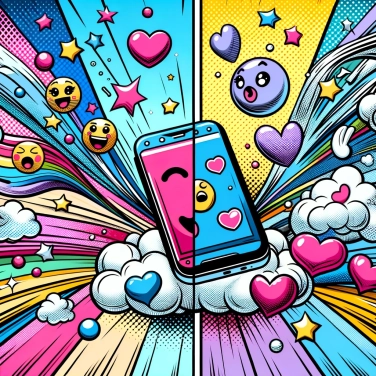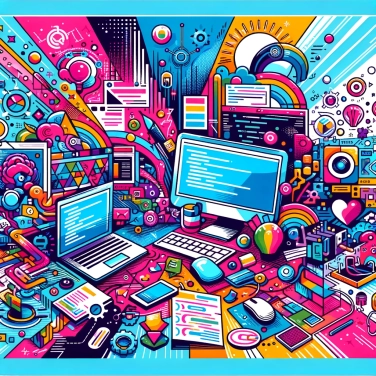Emojis can be displayed differently on different devices due to the variable interpretation of Unicode standards by operating systems and modifications made by manufacturers to adapt to their aesthetics or specific technical constraints.

The Unicode Consortium is an international organization that decides which characters will be integrated into our digital devices. Their job is to ensure that a specific emoji corresponds to the same code across all platforms. But be careful, the Consortium only defines which emoji exists and what special number (called a code point) corresponds to it, not its exact visual representation: it's a bit like giving a recipe without showing the final photo. Then, each manufacturer adapts the appearance to their own style. That's why the same emotion in emoji may look slightly different depending on your device or your friend's.
Same code, different display: each operating system like iOS, Android, or Windows has its own emoji design. Apple prefers a clean and simple look, while Google often adopts more expressive, almost cartoonish emojis. The result? Sending an emoji from an iPhone to an Android phone can lead to amusing or awkward misunderstandings. Each user interface also decides how detailed or minimalist an emoji is, influencing its final appearance on the screen.
The apps we use to send emojis also have a say in their final appearance. Even if two phones run on Android, an emoji sent from WhatsApp won't necessarily look the same on Telegram or Messenger. Why? Because some apps incorporate their own emoji graphic libraries, independent of the operating system's. Some software even adds unique or special emoji styles to stand out, creating their own visual identity. As a result, you can send a cute little face on Instagram, and your friend receives a slightly different emoji on the app they use to read your message.
Each manufacturer (Apple, Samsung, Microsoft, Google) designs its own emojis, so the same emoji can have different appearances depending on the phone or device used. For example, the grimacing emoji looks embarrassed on some phones but smiling or joyful on others, leading to misunderstandings! The same goes for characters or faces: brands use different graphic styles, some more realistic, others more cartoonish, which can change the meaning or feeling when you use them. The differences mainly stem from the artistic choices made by manufacturers who want to maintain their own visual identity. As a result, even if your friend technically receives the same icon, it doesn't always convey exactly the same emotion.
Unicode updates regularly add new emojis, but your device only recognizes them once updated. If you haven't installed these updates, your emojis will appear as empty squares or strange symbols called "tofu" ☐. Older software versions do not display all the recent emojis. The same goes if you have an old app: some recent icons will definitely be missing. So even if your friends can see the latest trendy emoji perfectly, you might only see a sad empty square.
Emojis can differ across cultures: for example, the joined hands emoji 🙏 symbolizes prayer or gratitude in some Western cultures, while it often signifies an apology or a respectful greeting in Japan.
Every year, the Unicode Consortium reviews new emoji proposals submitted by the public. Anyone can suggest an emoji as long as they adhere to the criteria set by Unicode.
Some emojis may not be visible on older devices because they do not support the latest versions of the Unicode standard. This explains why you sometimes see a strange rectangle or a square containing a question mark instead of an emoji.
The term emoji originates from the Japanese 絵 (e), meaning 'image', and 文字 (moji), meaning 'character'. Literally, emoji thus means 'image character'.
Each brand has its own emoji design, although they all adhere to the guidelines of the Unicode Consortium. Each one develops its own graphics with slight variations, which is why there are differences in appearance for the same emotion or symbol.
Sure. Generally, installing the latest updates for your operating system (Android, iOS, Windows, macOS, etc.) or your applications is enough to add or fix emojis and make their display compatible with a wider range of devices.
To ensure that the other person sees the emojis exactly as you do, they need to use similar devices, operating systems, and applications. However, since manufacturers and software can create different designs, there is not always a 100% guarantee that the appearance will be perfectly identical.
Direct customization of the graphic style of emojis is generally not natively supported by smartphones. However, some third-party applications and custom keyboards allow for modifications to the appearance of emojis in specific contexts.
It usually happens when your device or app does not recognize the sent emoji due to a lack of updates or insufficient support. This means that your device does not have the appropriate Unicode font or that it is too outdated.

No one has answered this quiz yet, be the first!' :-)
Question 1/6